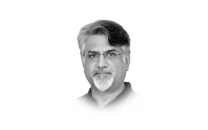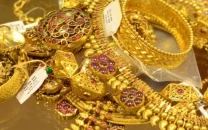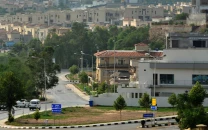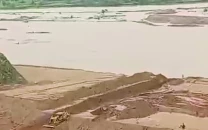Beyond galleries
.

Art is a powerful medium for communication, critical thinking and intellectual exploration. Beyond galleries, it shapes ideas, fosters interdisciplinary connections and enhances problem-solving across fields. It transcends traditional boundaries, influencing scientific and technological advancements in profound ways.
Art cultivates imagination, refines observation and nurtures perception. In education, integrating artistic disciplines enhances cognitive abilities, emotional intelligence and independent thinking. Many great scientists, for instance R Feynman (Noble Laureate in Physics, 1965), combined artistic sensibilities with scientific inquiry, proving creativity fuels innovation. The ability to visualise and conceptualise abstract scientific ideas is often deeply rooted in artistic skills.
In science and tech, art is not just for looks - it brings fresh views. Medical scans, building plans and design tests gain from careful art. Creative images, like colour-coded charts and visual models, turn hard ideas into clear ones. Artists help shape complex designs, making sure they both work well and look good, improving ease of use.
As a physics student in an overseas lab (MAX-Lab, Sweden), I saw how art shaped research. High-detail images used colour maps to turn tricky data into clear pictures. Test setups, where light beams crossed lenses, showed the same order and balance as old paintings. This proved to me that art and science are deeply linked. Even showing tiny waves or molecules often borrows from art.
This link is clear in health science, smart machines and space travel, where looks shape use. Copying nature's designs leads to new ideas in robots, green materials and city planning. The well-known MIT Media Lab mixes art, building and science to create new tech. Such work shows that fresh ideas often lead to key science steps.
Globally, countries integrate art into science and education. Sweden uses artistic visualisation to enhance research, making complex scientific data more accessible. Germany blends art and technology in biomorphic engineering, and Japan's minimalist design principles shape robotics, AI and architecture. These efforts highlight how merging art and science drives creativity and technological progress. Encouraging a cross-disciplinary approach allows for more holistic solutions to modern challenges.
Space exploration exemplifies this fusion, as the National Aeronautics and Space Administration (NASA) and the European Space Agency (ESA) collaborate with artists to visualise spacecraft and planetary landscapes. Aesthetics and aerodynamics converge in modern spacecraft and aircraft design, with SpaceX incorporating sleek, functional designs. The Tesla Roadster, launched into space aboard a Falcon Heavy rocket, showcases art-engineering synergy. Artistic renderings of exoplanets and deep-space phenomena help both scientists and the public conceptualize the vastness of the universe.
Transitioning to academia, I applied these insights to teaching. Encouraging students to use visual metaphors deepens their understanding of abstract concepts. A mathematical equation, like art, has structure, balance and elegance. By blending artistic creativity with scientific rigour, students develop innovative solutions, proving both fields thrive when boundaries dissolve. Abstract physics problems become more accessible when approached with creative visual tools.
Science models often use art ideas to show tough ideas, making them easier to grasp. Whether it is the order in basic physics laws or the look of atoms, art helps us see science better. The beauty in nature, from swirls in space to cell shapes, shows an inborn balance.
Integrating art into academia fuels innovation, nurtures creative thinking and advances knowledge. Universities must foster artist-scientist collaborations to drive discovery. Beyond exhibitions, science-art fusion simplifies complex ideas, enriches disciplines and shapes a connected world, ensuring creativity remains central to future progress.














COMMENTS (1)
Comments are moderated and generally will be posted if they are on-topic and not abusive.
For more information, please see our Comments FAQ